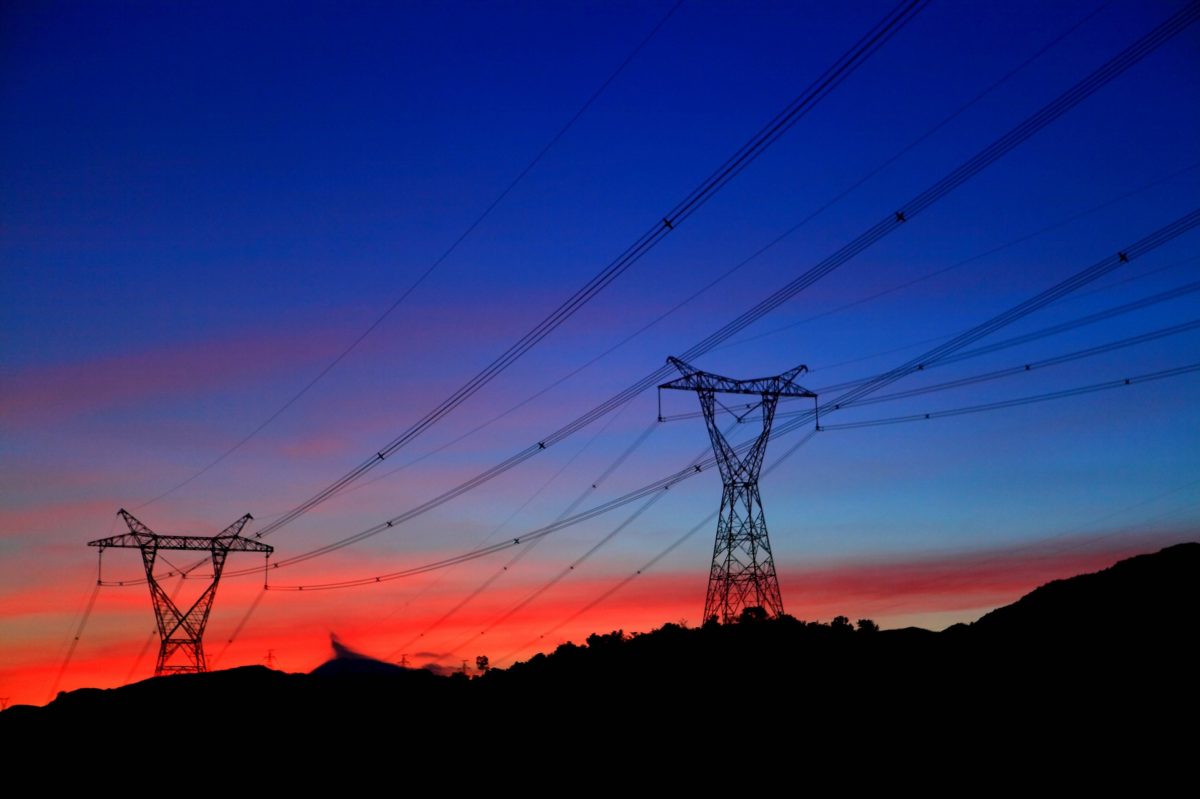From pv magazine USA
A pair of newly released documents reveal how the work of renewable energy developers has brought about major improvements to the accessibility and quality of publicly available power grid data. The documents also show that renewable project development has been bankrolling grid upgrades for years.
First, the Interstate Renewable Energy Council (IREC) released Key Decisions for Hosting Capacity Analysis. The document is described as a tool for regulatory staff and stakeholders to identify the critical decisions that go into developing a public facing, state level, power grid Hosting Capacity Analysis (HCA) map set.
And while the analysis was released as a tool for policy makers to learn how HCA maps are deployed, it also painted a picture of the data collection work needed to compile the vast, detailed information describing the “largest machines in the world.” The broad volume of information needed by solar developers also drove the development of these tools.

IREC proposed three main options for using the HCA map tool:
- Interconnection: The tool can be used as a general guide in solar project siting decisions by solar developers seeking to judiciously utilize their limited capital. A well-designed HCA can be used in the interconnection process to supplant standard project screens.
- Distribution system upgrade planning: Once the local utility has built a map, they can use it to guide infrastructure upgrades.
- Locational value: Based upon local power grid needs, the utility can use the map to generate a strategic financial tool (much like New York’s Value of Distributed Energy Resources [VDER]).
Solar developers already use these hosting capacity maps to mitigate siting challenges. If a local substation or set of power lines appear to be overloaded, developers are more likely to avoid the location.

The above hosting capacity map of solar-heavy New Bedford, Massachusetts, shows that many power lines in the region are already at maximum capacity (burgundy colored lines). By itself, this information does not fully signal whether or not solar can be installed.
The type of information delivered in these maps varies by state, with IREC’s report presenting a commonly shared set of information. The substation information below shows some of what might be found in the maps.
Of course, the electric utilities have had this information all along, they simply weren’t collecting or sharing it in an organized manner. Access to the information required the sort of byzantine search process that only a monopoly industry with little outside pressure can get away with.

Pressure points
So why is this information being made available now? Well, mostly because the distributed solar industry spent years pressuring the electric utility companies with their projects. Electric utilities hold billions of dollars in publicly funded assets, and yet were unable to provide clear records.
Developers had to challenge utilities so that their projects could exist. Interconneting solar to the grid was and still is an aggressively opaque process.
The other emerging reality is that on the large scale, solar and wind power are upgrading the transmission power grids as part of their required installations.
The second report, from the American Council on Renewable Energy (ACORE), Just and Reasonable? Transmission Upgrades Charged to Interconnecting Generators Are Delivering System-Wide Benefits, showed that utility-scale upgrades by wind and solar power in the Midwest are bringing greater benefit to all electricity generators. It also showed that utilities have frequently violated standard cost sharing rules.
Per ACORE’s report, interconnection rules in the Midcontinent Independent System Operator (MISO) region stipulate that 90% of the cost of significant upgrades – 345 kilovolt powerlines and larger – are to be paid for by the newly interconnecting generators. Others already connected to the grid pay 10% of those upgrade fees. In the Southwest Power Pool (SPP) managed region, newly interconnecting generation must pay all of the upgrade costs.
It might, intuitively, seem as if newly connected generation should foot the bill for its own, necessary grid upgrades. However, evidence shows that these upgrade costs are not equitable.
The first point is that practically all new generation across the nation now comes from solar and wind (including the MISO and SPP power grid regions). New solar and wind developments are currently shouldering nearly all the costs of upgrades across the power grid.
The second point is that the massive benefits these grid upgrades provide – many tens of millions of dollars annually – are passed on to existing generators, and society in general.
In the chart below, ACORE research lists 12 power grid upgrades driven by renewable energy, along with the costs for and benefits of those upgrades. Across all the projects, roughly $1 billion in benefits (APC Savings) flowed not to renewable projects, but to the whole of the power grid.

If we’re honest about our current power grid development reality, we will accept that it is renewables that have clearly been footing the bill for upgrades to the power grid. Cost-benefit accounting has revealed inequities that hamper technological progress, potentially affecting future grid security.
As soon as we admit these faults exist, utilities and developers can start to compromise on more equitable process development.
This content is protected by copyright and may not be reused. If you want to cooperate with us and would like to reuse some of our content, please contact: editors@pv-magazine.com.



By submitting this form you agree to pv magazine using your data for the purposes of publishing your comment.
Your personal data will only be disclosed or otherwise transmitted to third parties for the purposes of spam filtering or if this is necessary for technical maintenance of the website. Any other transfer to third parties will not take place unless this is justified on the basis of applicable data protection regulations or if pv magazine is legally obliged to do so.
You may revoke this consent at any time with effect for the future, in which case your personal data will be deleted immediately. Otherwise, your data will be deleted if pv magazine has processed your request or the purpose of data storage is fulfilled.
Further information on data privacy can be found in our Data Protection Policy.